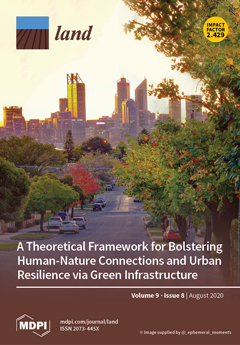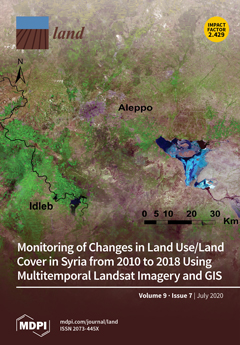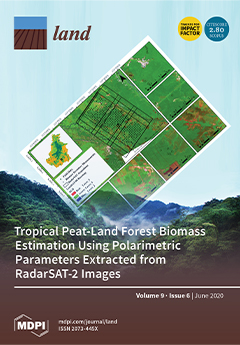What Factors Influence Rural-To-Urban Migrant Peasants to Rent out Their Household Farmland? Evidence from China’s Pearl River Delta
With the accommodative policy and rapid urbanization in China, large-scale migration of rural-to-urban peasants seeking nonagricultural employment has occurred. This has led to farmland rental, which is considered an effective means of land arrangement. Multiple variables were selected to examine the influencing factors of land rental for rural–urban peasants in China by using survey data collected in six core cities of the Pearl River Delta and a logistic regression model.










